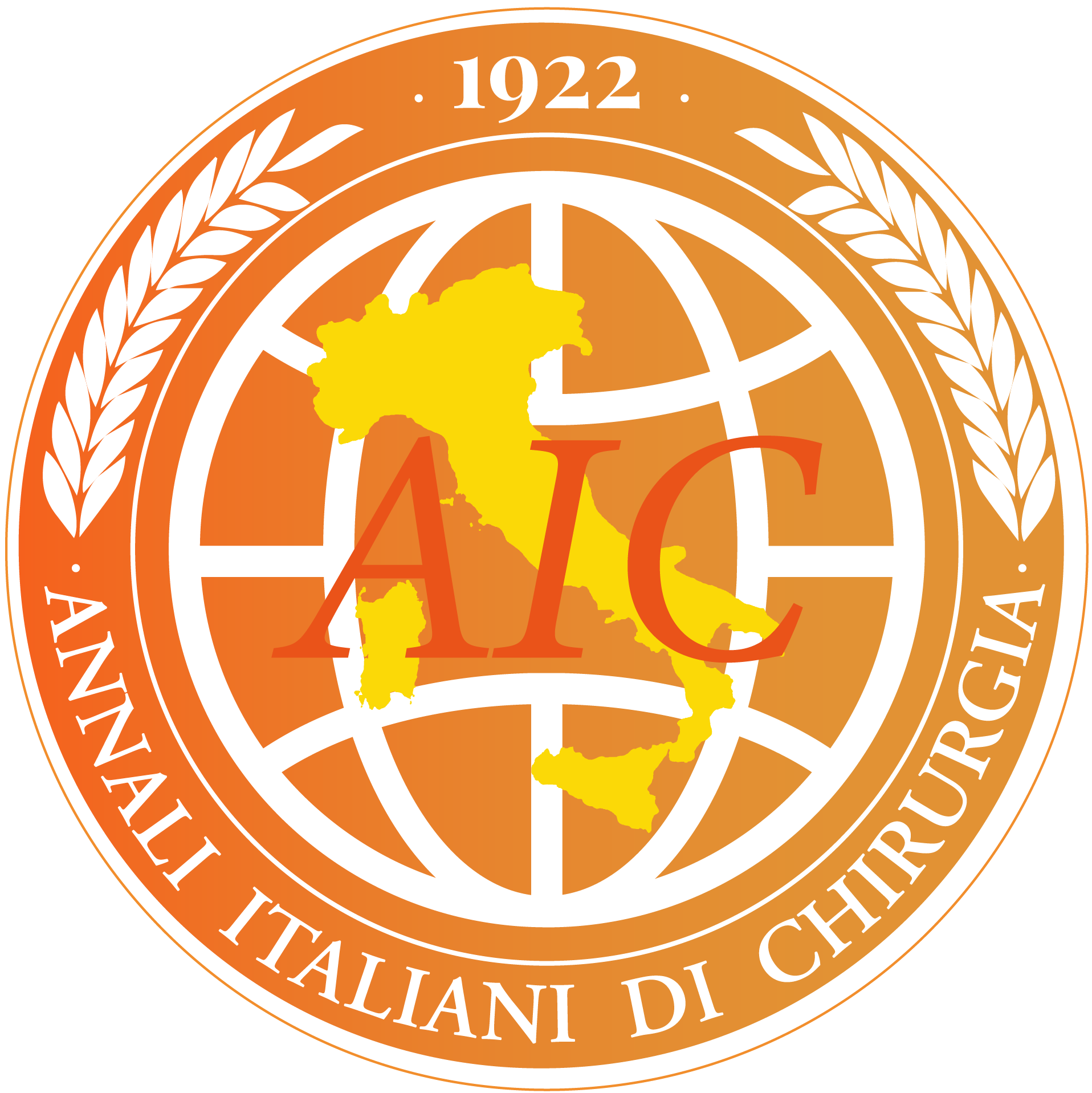The evolution of endovenous laser ablation (EVLA). A single-center experience with a 1470 nm versus a 1940 nm diode laser
Pier Bianchi 1Fabio Martinelli 1Gennaro Quarto 2Luca Palombi 1
1 Advanced Surgical Phlebology Service, Villa Salus Foundation, Villa Salus Hospital, Mestre, Venezia, Italy
2 Department of Clinical Medicine and Surgery, University of Naples ”Federico II”, Naples, Italy
Ann. Ital. Chir., 2022, 93(5), 100376;
Published:
Copyright © 2022 Annali Italiani di Chirurgia
This work is licensed under a Creative Commons Attribution 4.0 International License.
Abstract
AIM: To evalue the short-term results obtained in endovenous laser ablation (EVLA) procedure of the varicose insufficiency of the lower limbs with Diode 1470 nm laser compared to Diode 1940 nm laser. MATERIALS OF STUDY: A total of 55 patients were enrolled in the study. The patients were divided into two groups: those subjected to 1470 nm laser treatment in group A and those with 1940 nm laser treatment in group B. The endpoints were: Closure of the target vessel, complications and post-operative pain. RESULTS: There are no intra-and post-operative complications. The occlusion rate of the target veins was 100% at 7and 60-day controls. The pain perceived in the immediate post-operative and at the controls showed no statistically significant differences between the two groups. However in group B it was necessary to apply lower values of Power (W) and Linear Energy Density (LEED) with a statistically significant difference compared to group A. DISCUSSION: Short-term results demonstrate closure rates comparable to those obtained with 1470 nm lasers. There were no statistically significant differences in the two groups in terms of primary and secondary endpoints. The advantage of using 1940 nm laser technology is that it is possible to dispense a lower linear energy density (LEED) at a lower power (Watt). CONCLUSIONS: Endovenous laser ablation with Diode 1940 nm is particularly suitable and advantageous in the treatment of superficial and small vessels, as well as venous segment adjacent to nerve structures.
Keywords
- Diode laser
- Intravenous ablation
- Varicose
- Veins
- Venous insufficiency

